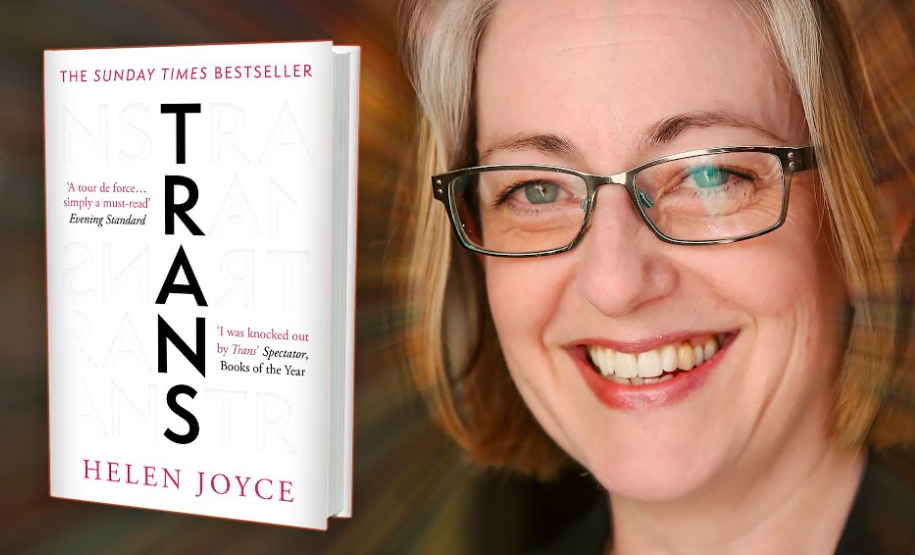Jan Bergstra & Laurens Buijs
Amsterdam Gender Theory Research Team
The book TRANS: When Ideolgy Meets Reality (2021) by Helen Joyce was published in hard cover in July 2021 and the paperback version in March 2022. The book was quickly very successful and became the book of the year for a number of media outlets. At the same time, the book was immediately controversial and was seen as not progressive, anti-trans and transphobic.
The strongest part of the book are the first four chapters where in some 70 pages a history of the phenomenon of sexual transition, afterwards gender transition, is described, with an even now very topical chapter specifically on gender transition in children and adolescents. In the literature on gender theory, such historical information is virtually non-existent and often sticks to mentioning John Money’s problematic interventions. TRANS gets much further here and provides a lot of detail in very readable language.
In the 200 pages that follow, Joyce discusses the rise of what she calls “gender identity ideology.” That’s a good useful term, certainly better than gender ideology (which is not specific enough) and much better than gender theory which is an overarching field within which positions can still be opposed on the spectrum from (gender) essentialism to (gender) co-essentialism. Thus, the Vatican recently would have been better off criticizing “gender identity ideology” rather than “gender theory” (see AGTRT-BF77).
The “gender identity ideology” (which we translate as gender identity ideology) means that everyone is in charge of what gender that person is. In doing so, Joyce hardly distinguishes between gender and sex (sex), or between male/female on the one hand and male/female on the other (a distinction we now also use in Dutch, see AGTRT-BF75).The rise of gender identity ideology is primarily attributed to the radically progressive Democrats at the time of Obama. Clearly, Joyce views this development with mixed feelings.
In terms of views, Joyce is close to J.K. Rowling (see AGTRT-BF74) and Kathleen Stock (see AGTRT-BF67), albeit Joyce’s position in this book is fundamentally more positive about gender transition than Rowling is now (Rowling’s position has shifted in an essentialist direction, see AGTRT-BF60). Because Joyce does not explicitly oppose the possibility of gender transition, her position is not essentialist, but the the book reads as an extended indictment of co-essentialism (or gender identity ideology). From the looks of it, Joyce is somewhere between essentialism and co-essentialism, and thus she has what we call a MotR(middle of the road) position, yet that position is not very clear.
We don’t get from it how Joyce believes things are then: are male and male and female respectively the same concepts now or not? After “male to female” gender transition, is someone now a woman, or a female? It seems that the book was deliberately written so as to be acceptable to a spectrum of opponents of gender identity ideology. Thus, the TERF position is explained as anti-gender identity ideology (what we see as the meaning of gender critical) but this is still too easy: the TERF position is essentialist and has great difficulty with the phenomenon of gender transition.
For us, reading TRANS was useful and instructive but also an additional motivation to continue working on FGT and thus be able to more clearly establish the MotR position (or positions).
